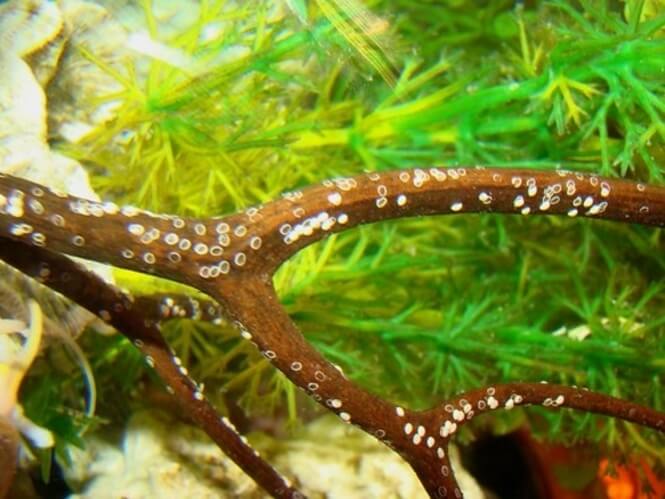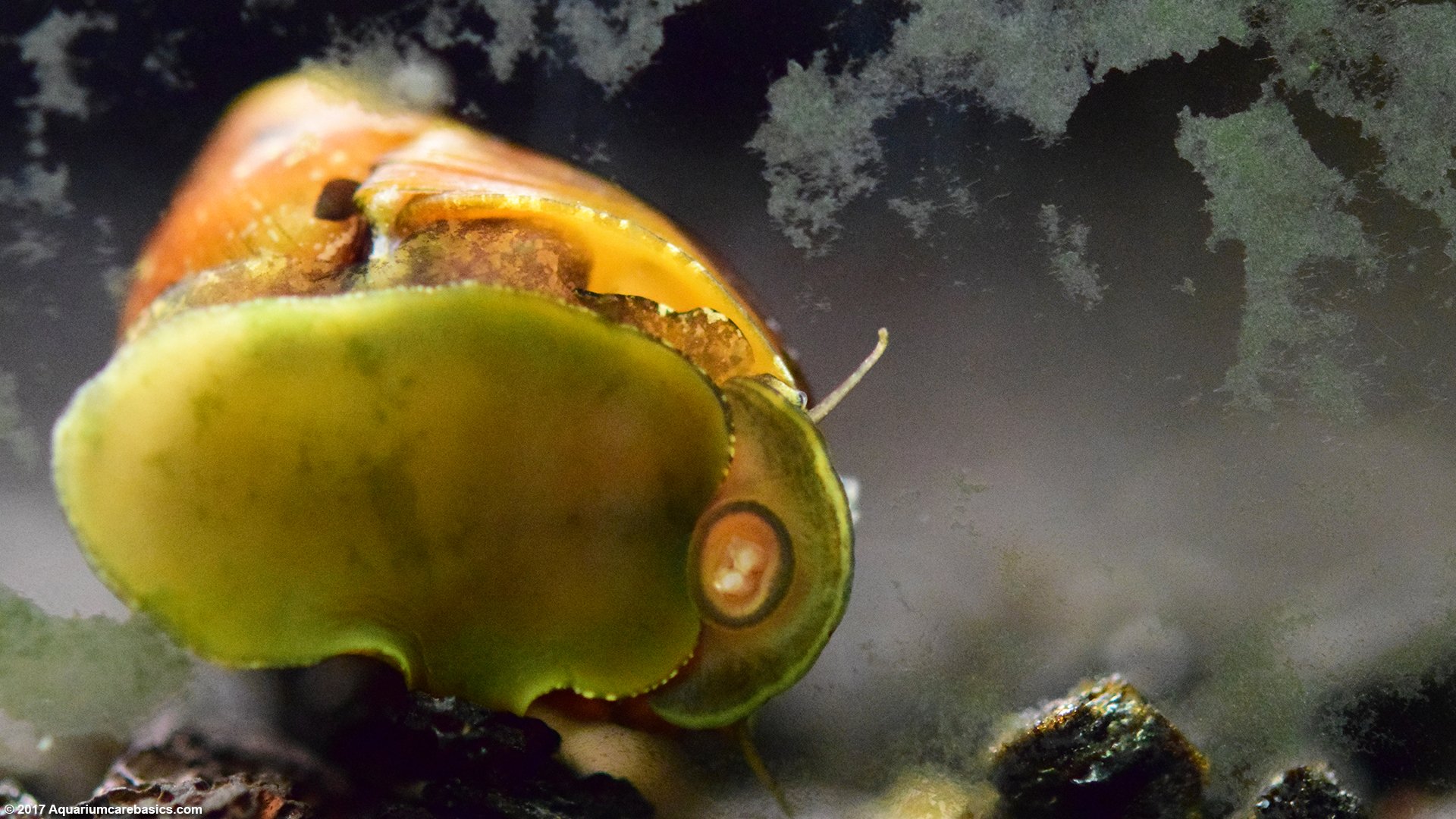

There is absolutely no sign of picky eating on their part! There is a wide range of algae they enjoy, including soft algae, green spot algae, green dust algae, brown algae, and black beard algae. In their natural habitats, nerites cling to rocks or roots of mangrove trees to feed on algae and microorganisms. As they feed, grow, and reproduce, they migrate between saltwater and freshwater. In the wild, most nerites occupy coastlines near rivers that empty into the ocean. So what do nerite snails eat in the wild? However, wild nerite snails are the ones that can be found along the coastlines of the Atlantic, Indian, and Pacific Oceans. Both freshwater and marine nerite snails can be purchased to keep in a tank, and there are many different species to choose from. It is important to note that there is no single species of nerite snails, there are several. Having gained a better understanding of how these tiny snails get their food, let’s explore the specific diet of wild nerite snails. The small teeth on the radula scrape up plant material, cutting it into small pieces that fit into their mouths. They will use their radula to scoop the food into their mouth. The grazing process of this species involves slowly roaming around an area with a lot of algae and continuing to eat the food in a way that allows them to remain healthy. In order to scavenge for food, nerite snails use their radulae. So what are their methods for obtaining food and breaking it down? A radula is a system of thousands of tiny teeth that snails and slugs use to consume food. Their adaptability makes them a great aquarium companion. The 8 Top Buzz-Worthy Books About Beekeeping Available Today How Do Nerite Snails Find Their Food & Break It Down? In order to consume the food, Nerite snails use their radula to slice up the algae. Now that we have a better understanding of what nerite snails eat, let’s take a look at how they come across their food. Scientists have been able to gain a deeper understanding of this fascinating snail species by observing all of this. Due to this, researchers found that Neritina species evolved an intriguing defense technique for defending their egg capsules against snails from their own families. A study published in the Journal of Molluscan Studies indicates that Indo-West Pacific neritids of the genera Clithon and Vittina eat snail eggs alongside algal foods. In spite of the fact that Nerite snails are generally herbivores that feed on phytoplankton, green algae, and cyanobacteria to a limited extent, they also prey on other snail eggs. It is possible for nerite snails to starve to death at times if not enough algae are present in the tank or other fish are more dominant. They typically mind their own business and go about feeding, which in turn helps to clean the tank out from excessive amounts of algae. Nerite snails are also incredibly peaceful when kept in a tank with other fish and aquatic animals. Nerite snails will also eat fish food that has been left over, and decomposing leaves. That’s what makes them so popular in aquariums. They have unique patterns and colors, and they are extremely useful in cleaning aquariums of algae. What Do Nerite Snails Like To Eat? There are a great many reasons why Nerite snails are so popular. So what do nerite snails eat both in the wild and as pets? Let’s take a look at these fascinating snails and learn all about them. This is because they are generally easy to take care of and have minimal tank care requirements. They are also one of the most popular snails for aquariums, especially for beginners. However, the majority of nerite snails live in the wild along coastlines near rivers that empty into the sea. There is a large population of these snails that lives along the coastlines of the Atlantic, Indian, and Pacific Oceans.

They are quite tiny snails, measuring less than one inch long. The nerite snail is a member of the Neritidae family that can live both in freshwater and in saltwater. Carpenter Ants vs Black Ants: What’s the…


 0 kommentar(er)
0 kommentar(er)
